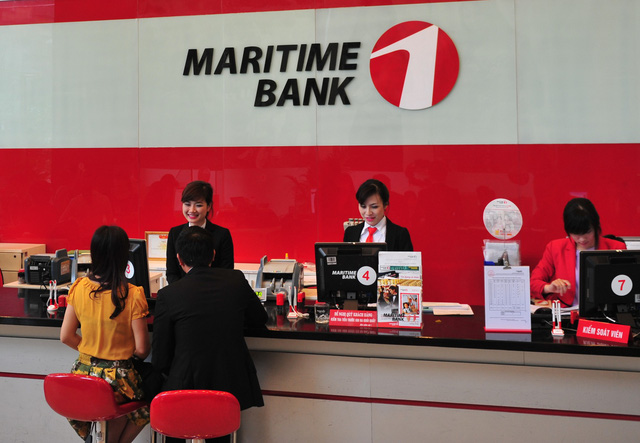Thai baht appreciation could hit Lao hip pockets
Thai baht appreciation could hit Lao hip pockets
The Thai baht has continued to appreciate against the Lao kip over the past few weeks, which could further drive up the price of products imported from the southern neighbour.
Deputy Director of Lao Development Bank Mr Sengphet Manivong told Vientiane Times last week that the Thai baht had increased by 5 percent against the Lao kip since earlier this month.
Mr Sengphet said the increase was due to the market principle of demand and supply as more people crossed border to Thailand to buy food and other products for merit-making ceremonies and organising various parties to welcome Lao New Year.
More people require Thai baht to buy goods in Thailand at this time, affecting our exchange rate, he said.
There are concerns that if the baht continues appreciating against the kip, the cost of goods in Laos will increase affecting living standards as prices tend not to decrease once they have gone up.
Experienced independent economist Dr Mana Southichak spoke to local media recently describing the foreign currency scenario in Laos.
He observed that Laos did not face a shortage of foreign currency (Thai baht and US dollars), but the problem is that foreign currency transactions are being made outside the banks. Many people kept foreign currencies in hand so they could easily import goods from other countries.
Meanwhile, commercial banks have implemented stricter controls on foreign currencies notably Thai baht and US dollars in a move to stabilise the exchange rate and sustain the country's economy.
The long-established trade between Laos and Thailand is continuing to grow and the southern neighbour is one of Laos' largest trading partners and a major investor in the country.
According to a recent government report, the value of Laos' exports over the past nine months of the 2015-16 fiscal year climbed to US$3.15 billion while the value of imports amounted to US$3.04 billion, which was considered the nation's first trade surplus.
It is expected that total exports for the current fiscal year will reach US$4.08 billion, while imports will amount to about US$4 billion. However, the exact figure has yet to be reported.
The government attributed the trade surplus to the rising export of electricity generated by the Hongsa lignite power plant in Xayaboury province, which began production and exports in 2015. This project brings in huge amounts of foreign currency to Laos which enabled the government to stabilise the exchange rate.
According to BCEL exchange rates on April 11, US$1 buys 8,192 kip, sells for 8,232 kip. One baht buys 237.32 kip, sells for 239.09 kip.















